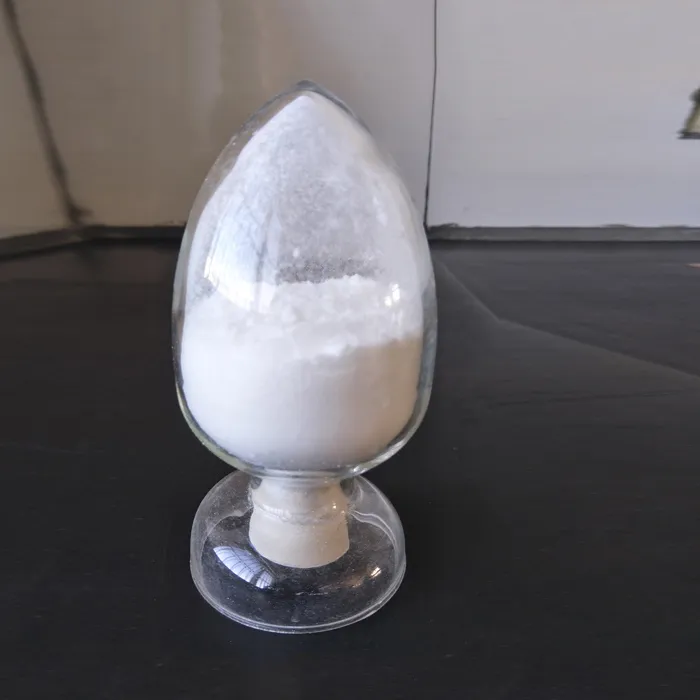Understanding Chemical Treatment Tanks An Essential Component in Water Treatment Processes
Chemical treatment tanks play a vital role in various industrial processes, particularly in water and wastewater treatment. These tanks are designed to hold and facilitate the mixing of chemicals that help treat and purify water by removing contaminants and pathogens. Due to the increasing concerns regarding water quality and environmental protection, understanding the function and significance of chemical treatment tanks has become more crucial than ever.
Structure and Design
Chemical treatment tanks vary in size and design depending on their specific application. Typically constructed from materials resistant to corrosion and chemical reactions, such as fiberglass, stainless steel, or high-density polyethylene, these tanks can withstand the harsh conditions associated with chemical treatments. Their design often includes features like agitation systems, bulk storage capabilities, and filtration systems that enhance mixing and increase efficiency.
Moreover, chemical treatment tanks are often equipped with sensors and automation technology. These advancements enable real-time monitoring of water quality parameters, including pH levels, turbidity, and chemical concentration, ensuring optimal functioning throughout the treatment process.
Chemical Treatment Processes
The primary function of chemical treatment tanks is to initiate and facilitate various chemical treatment processes
. Some of the most common processes include1. Coagulation and Flocculation In this process, chemicals are added to water to encourage the aggregation of particles. Coagulants, such as alum or ferric chloride, bind with suspended particles, allowing them to clump together into larger aggregates called flocs. These flocs can then be removed more easily from the water.
2. Disinfection Chemical treatment tanks are essential for introducing disinfectants, such as chlorine or ozone, to water supplies. This step is crucial for eliminating pathogenic microorganisms, ensuring that the water is safe for consumption.
chemical treatment tank

3. pH Adjustment Maintaining the proper pH level is vital for efficient water treatment. Chemical treatment tanks often contain agents, like sulfuric acid or sodium hydroxide, which can be added to adjust the pH levels of the water, optimizing the coagulation and disinfection processes.
4. Precipitation This involves adding chemicals to facilitate the formation of insoluble compounds that can be removed from the water. For instance, adding lime can help remove heavy metals by forming precipitates that can be filtered out.
Importance in the Water Treatment Industry
The significance of chemical treatment tanks cannot be overstated. In urban areas, where large populations rely on central water systems, these tanks are crucial for producing safe drinking water. They also play a pivotal role in treating industrial wastewater before it is discharged into the environment, minimizing pollution and protecting aquatic ecosystems.
Additionally, as regulations regarding water quality become more stringent, the role of chemical treatment tanks will continue to evolve. Innovations in chemical treatment technologies, such as the development of more effective and environmentally-friendly chemicals, will enhance the capability of these tanks, ensuring they meet the growing demands for water safety and sustainability.
Safety Considerations
While chemical treatment tanks are essential for effective water treatment, it is also crucial to prioritize safety. Proper training for personnel, regular maintenance, and adherence to safety protocols are necessary to prevent accidents and ensure operational efficiency. The handling of hazardous chemicals requires strict compliance with safety guidelines to protect both workers and the environment.
Conclusion
Chemical treatment tanks are indispensable tools in the pursuit of clean and safe water. Through various chemical treatment processes, they play a critical role in ensuring that both municipal and industrial water supplies meet safety standards. As we face ongoing challenges related to water quality, advancements in tank design and chemical innovation will be fundamental in enhancing the effectiveness and sustainability of water treatment processes.

